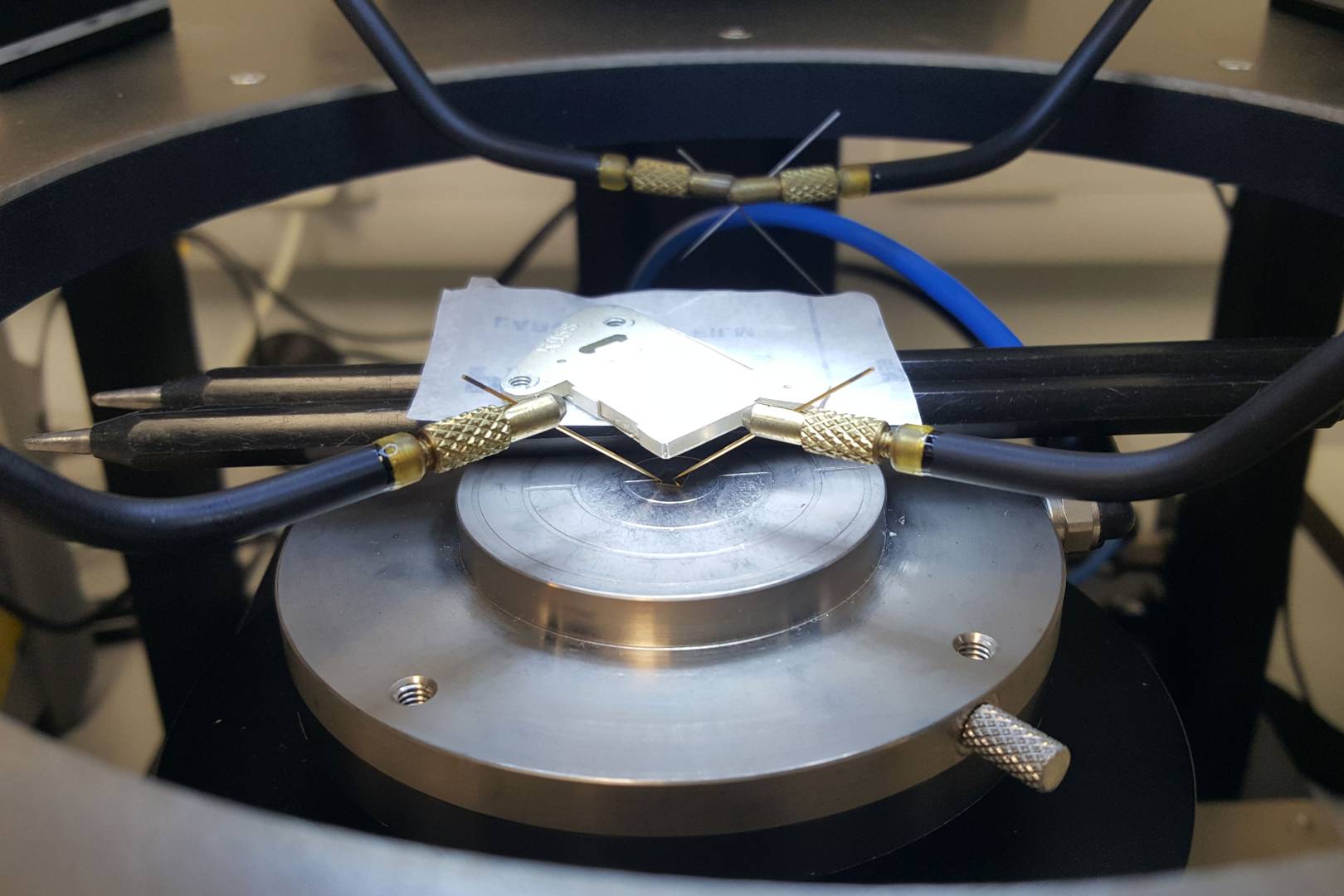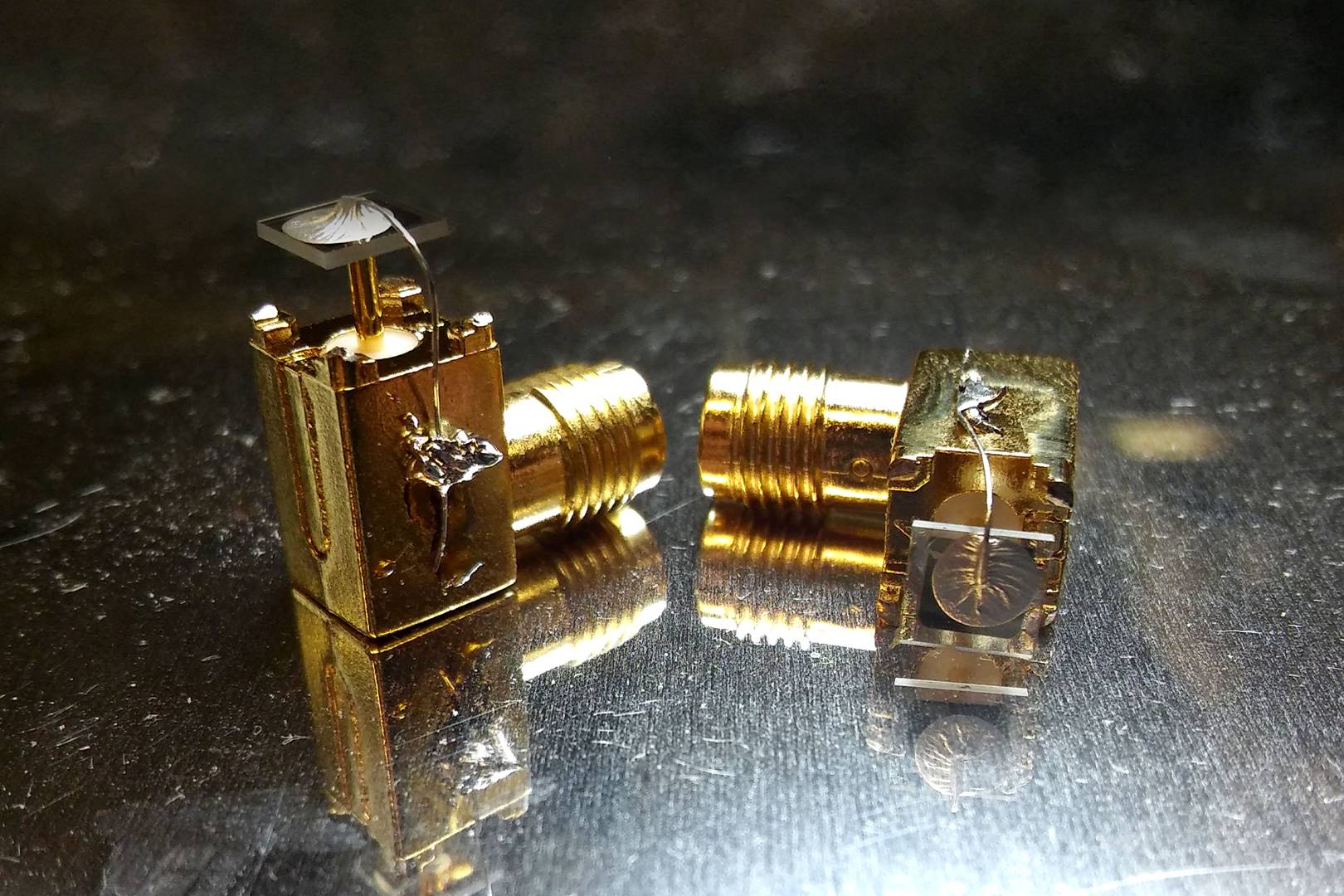The iPhone 16 could be powered by nuclear waste diamond batteries
Or not. Everyone is looking for a battery revolution. The flavour of the month this time? Self-charging batteries made from diamonds and nuclear waste
by Alex Lee
Every year, smartphones become increasingly intelligent, thanks to shiny new components and the latest chipsets. But while they’re getting more powerful, our devices are still hindered by one piece of technology that ultimately curtails their power. Batteries.
As we all crave longer lasting batteries in the hope that one day we can ditch our cables, companies everywhere are racing to develop the latest breakthrough in battery technology. From solid-state batteries to graphene batteries to souped up lithium, the race is on to find the Duracell equivalent of the next Tetra Pak, and with it untold riches. The flavour of the month this time? Batteries made from nuclear waste.
A number of companies are working on developing nuclear waste-powered batteries that could last for years upon years. Arkenlight, a company formed out of the University of Bristol, is one of them. Unlike traditional lithium-ion batteries, which rely on chemical reactions to power your devices, Arkenlight’s nuclear waste-powered batteries use graphite from decommissioned nuclear plants. This graphite is then harvested for radioactive carbon-14 and turned into man-made diamonds. As the carbon-14 naturally decays, the beta particles knock electrons in the diamond loose to generate an electrical current. What’s more, this self-powering process can last between 12 and 5,000 years. Theoretically, this means if such a battery could be commercialised sufficiently, you’d never have to charge your phone... ever again. It would continually recharge itself.
The concept of turning nuclear waste into energy isn’t entirely new. Researchers have been working on turning radioactive material into electrical current since the early 1900s. And in the 1970s, betavoltaic batteries, which use radioactive isotopes to create tiny electric currents, were already being used in pacemakers. These were eventually replaced with traditional lithium-ion batteries. One of the main reasons why they were used in devices like pacemakers was because they could last a long time, but they were never used in anything more intensive because of their small power output.

Arkenlight says that it has been able to develop a more efficient and power dense nuclear battery than the ones created in the past. The researchers from the University of Bristol found that if they placed the radioisotope inside a diamond material then they would be able to increase the power output. “The diamond lattice matrix is so tight that the beta particles aren’t going to escape,” explains Morgan Boardman, Arkenlight's CEO. “So, boom, now we have the magic answer – the underlying magic is we have something so tightly bound, it’s safe for humans to use, and the energy density is actually relevant to commercial applications.”
Those commercial applications include everything from actuators and sensors on factory floors to security tags for shipping containers and space components. Generally, any device which is currently using micro batteries to power them. But smartphones and electric cars? Probably not. “We could power your phone now,” says Boardman, “if you are willing to have a battery the size of a tub of vegetable spread.”
The problem with betavoltaic batteries is that they provide far less power – we’re talking tens of microwatts – for the trade-off that they’ll last a whole lot longer. “If we could take the state of the art as it is now, and imagine a number of iterative steps in the next few years, we still wouldn’t approach the energy density that we need to be able to power a phone or a laptop or a car,” explains Boardman.
To power a device such as a warehouse sensor for a thousand years, Boardman says it would cost manufacturers around £50. A smartphone with a diamond-material the size of a tub of margarine, however, would cost “back of the napkin, in excess of £200,000,” he says. The energy required to power a smartphone, for instance, is significantly more than the energy required to power a microwatt pacemaker.

But California-based NDB says that it has found the solution to the meagre power output of betavoltaic batteries, claiming that it will be able to upscale radioactive waste so that it can be used to drive high-power devices like iPhones and even electric cars.
The company has been developing nano-diamond batteries that it says use not just the beta decay of radioisotopes but also the alpha decay as well. With NDB’s technology, CEO Nima Golsharifi claims that it could power a whole range of devices. Starting from low-voltage space electronic sensors to consumer electronics, like your phone and your laptop, and even on to high power devices like electric vehicles or planes. “Anything that the current lithium-ion batteries could run, we can do the same,” Golsharifi claims.
While Golsharifi doesn’t go into many specifics, making his claims difficult to verify, he says that (depending on the radioisotope) the battery’s power output could go up to 50 milliwatts per gram. He explains that the batteries won’t last as long as the ones using solely beta decay, but your phone power could still last nine years, while your electric car could last as long as 90 years.
The company is currently working on a prototype for a few different applications, which it says will be finished in eight to 12 months. If it does manage to make the technology work, Golsharifi says it could be ready for use in consumer electronics in just three years. In the meantime, we’ll have to wait and see if this is just another bold vision which never comes to fruition - and keep plugging in our phones every day.
Alex Lee is a writer for WIRED. He tweets from @1AlexL
More great stories from WIRED
💾 Inside the secret plan to reboot Isis from a huge digital backup
⌚ Your Apple Watch could soon tell you if you’ve got coronavirus. Here's how
🗺️ Fed up of giving your data away? Try these privacy-friendly Google Maps alternatives instead
🔊 Listen to The WIRED Podcast, the week in science, technology and culture, delivered every Friday